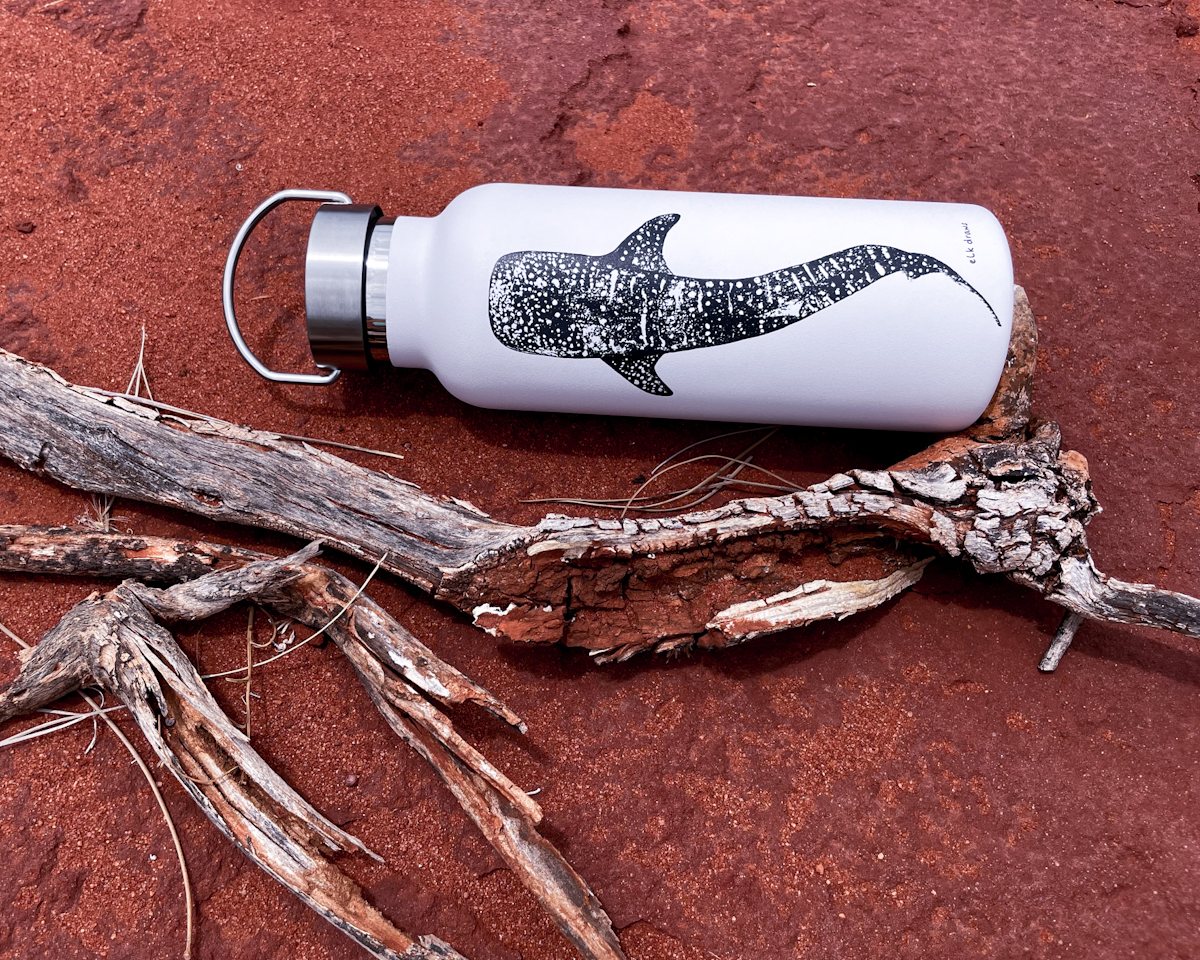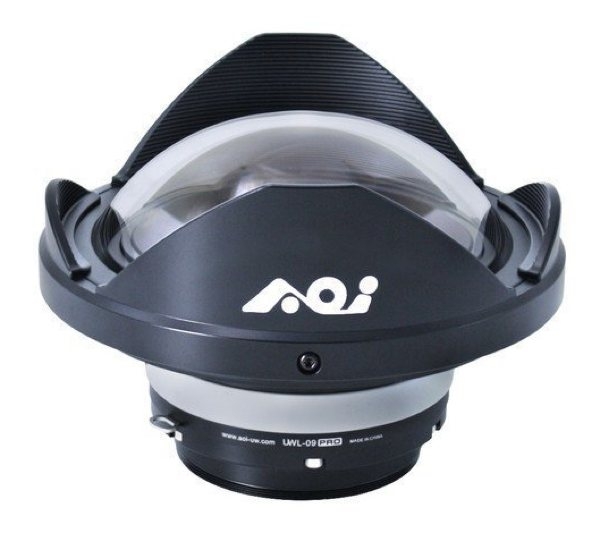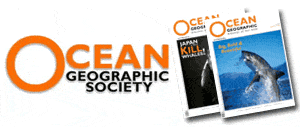- Home
- Directory
- Shop
- Underwater Cameras - Photographic Accessories
- Smartphone Housings
- Sea Scooters
- Hookah Dive Systems
- Underwater Metal Detectors
- Dive Gear
- Dive Accessories
- Diving DVD & Blu-Ray Discs
- Diving Books
- Underwater Drones
- Drones
- Subscriptions - Magazines
- Protective Cases
- Corrective Lenses
- Dive Wear
- Underwater Membership
- Assistive Technology - NDIS
- On Sale
- Underwater Gift Cards
- Underwater Art
- Power Stations
- Underwater Bargain Bin
- Brands
- 10bar
- AOI
- AquaTech
- AxisGo
- Backscatter Underwater Video and Photo
- BLU3
- Cayago
- Chasing
- Cinebags
- Digipower
- DJI
- Dyron
- Edge Smart Drive
- Eneloop
- Energizer
- Exotech Innovations
- Fantasea
- Fotocore
- Garmin
- Geneinno
- GoPro
- Hagul
- Hydro Sapiens
- Hydrotac
- Ikelite
- Indigo Industries
- Inon
- Insta360
- Intova
- Isotta Housings
- Jobe
- JOBY
- Kraken Sports
- LEFEET
- Mirage Dive
- Nautica Seascooters
- Nautilus Lifeline
- NautiSmart
- Nitecore
- Nokta Makro
- Oceanic
- Olympus
- OM System
- Orca Torch
- Paralenz
- PowerDive
- QYSEA
- Scubajet
- Scubalamp
- Sea & Sea
- SeaDoo Seascooter
- SeaLife
- Seavu
- Shark Shield
- Sherwood Scuba
- Spare Air
- StickTite
- Sublue
- Suunto
- SwellPro
- T-HOUSING
- Tusa
- U.N Photographics
- Venture Heat
- XTAR
- Yamaha Seascooter
- Youcan Robot
Great Whites hang out in 'shark cafe'
Great Whites may be loners but the ocean's most feared predators also hang out together between Mexico and Hawaii at a deep sea watering hole known as the "White Shark Cafe", a study released on Wednesday reveals.
No animals inspire more fascination and frissons but scientists admit to knowing precious little about how the endangered Great Whites get around and get it on as they navigate the globe's oceans.
Like other open water sharks prized for their meat - and, in Asia, especially for their fins - the magnificent hunting machines are threatened with extinction, according to experts.
The new study identifies a distinct population and a major new genetic grouping of the Great White in the eastern Pacific, only the third such "clade" ever found.
The other two concentrations of Carcharodon carcharias are off the coast of South Africa and in the waters between Australia and New Zealand.
It had long been assumed shark species at the top of the ocean food chain that roam the high seas looking for food and mates did so almost randomly.
But using satellite tagging, acoustic monitoring of shark "hot spots" and genetic samples, a research team led by Barbara Block of Stanford University found - to their surprise - that the eastern Pacific's Great Whites are real homebodies.
Over an eight-year period, nearly 100 sharks were electronically tagged and even more had tissue samples taken by scientists working from a ship.
Not only do the sharks consistently migrate along the same paths, they stick to a schedule too.
Between August and December, the Great Whites - which can grow up to six metres and three tonnes - stalk waters off the coast of central and northern California, feasting on seals and sea lions.
Their preferred hunting grounds in this area are known as the "red triangle", notes the study, published in the British journal Proceedings of the Royal Society B.
Starting in January, they head for the deep blue around Hawaii some 4,000km to the west, where they are found in largest numbers between April and July.
But some - especially males - loiter at a halfway point known as the "White Shark Cafe", with females coming and going for what scientists presume is a bit of shark intimacy.
The new findings will help conservation efforts, the study concludes: "The population's fidelity to predictable locations offer clear population assessment, monitoring and management options."
A third of the world's open water sharks - including the Great White and hammerhead - face extinction, according to the largest ever shark survey, completed earlier this year by the International Union for the Conservation of Nature (IUCN).
For decades, significant numbers of sharks - including blue and mako - have perished as "by-catch" in commercial tuna and swordfish operations.
More recently, the soaring value of shark meat has prompted some of these fisheries to target sharks as a lucrative sideline.
Europe is the fastest growing market for meat from the porbeagle and another species, the spiny dogfish.
Around 100 million sharks are caught in commercial and sports fishing every year, and several species have declined by more than 80 per cent in the past decade alone, according the International Fund for Animal Welfare (IFAW).
From - http://news.theage.com.au/breaking-news-world/great-whites-hang-out-in-shark-cafe-20091105-hyox.html
![]() Contributed by Tim Hochgrebe added 2009-11-06
Contributed by Tim Hochgrebe added 2009-11-06
![]() Login or become a member to join in with this discussion.
Login or become a member to join in with this discussion.

 AOI Australia
AOI Australia
AOI underwater photographic products - a professional OEM/ODM underwater camera casings and underwater electronic products manufacturer. Great quality wet lenses for underwater photography.
Shopfront
-
 Nautica J-Class Seascooter
Nautica J-Class Seascooter
- Price A$ 1,499.00
-
 AOI UCS-Q1 Ultra Compact Strobe Q1
AOI UCS-Q1 Ultra Compact Strobe Q1
- Price A$ 539.00
-
 Underwater X Elk Draws Stainless Steel Insulated Water Bottle for Mental Health - Whale Shark
Underwater X Elk Draws Stainless Steel Insulated Water Bottle for Mental Health - Whale Shark
- Price A$ 39.95
-
 SwellPro Fisherman MAX 4500mAh 6S LiPo Flight Battery
SwellPro Fisherman MAX 4500mAh 6S LiPo Flight Battery
- Price A$ 429.00
-
 Fantasea AOI UWL-09 Pro - Super Wide Angle PRO Glass Wet Lens
Fantasea AOI UWL-09 Pro - Super Wide Angle PRO Glass Wet Lens
- Price A$ 1,649.00
-
 QYSEA Fifish E-GO - Next Generation Underwater Robot
QYSEA Fifish E-GO - Next Generation Underwater Robot
- Price A$ 11,999.00
Articles
-
 What is our Coral Sea?
What is our Coral Sea?
- The Coral Sea is a tropical marine jewel, which lies east of the Great Barrier Reef Marine Park. It is one of the last places on Earth where large marine animals can still be found in great numbers.



 QYSEA Fifish V-EVO - Underwater Drone Kit 4K - 60fps - optional grabber arm
QYSEA Fifish V-EVO - Underwater Drone Kit 4K - 60fps - optional grabber arm T-Housing Aluminium Deepdive Housing for DJI Osmo Action 4 and Action 3
T-Housing Aluminium Deepdive Housing for DJI Osmo Action 4 and Action 3




